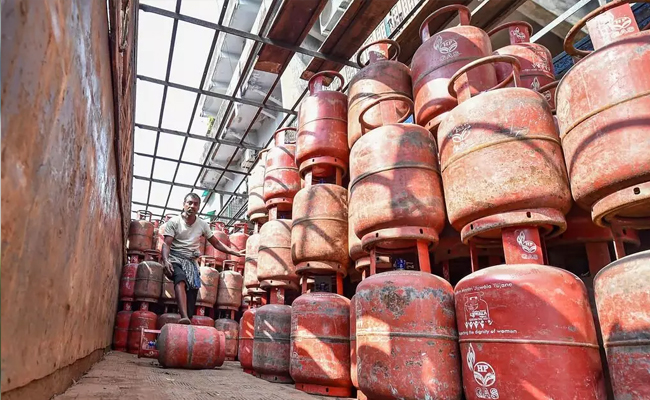Bengaluru (PTI): A Lucknow-bound AIX Connect flight from Bengaluru made an emergency landing at the Kempegowda International Airport here 10 minutes after its takeoff due to a technical issue on Saturday, Air Asia authorities said.
According to information received, the flight i5-2472 took off at about 6.45 AM on Saturday and was supposed to land by 9 AM in Lucknow.
However, it was grounded minutes after the takeoff.
"AIX Connect confirms that i5-2472, scheduled to operate from Bengaluru to Lucknow, encountered a minor technical issue and elected to return to Bengaluru," the AIX Connect spokesperson said.
"Alternative arrangements have been made for impacted guests and we are taking steps to minimise impact on other scheduled operations," the spokesperson added.
Let the Truth be known. If you read VB and like VB, please be a VB Supporter and Help us deliver the Truth to one and all.
Thane (PTI): Authorities have seized illegally stored 1,839 gas cylinders and seven vehicles worth over Rs 67 lakh in the Dombivli MIDC area of Thane district, officials said on Saturday.
A special vigilance team of the Mumbai Rationing Department detected an illegal storage of domestic and commercial LPG cylinders in Phase-2 of Dombivli (East).
Cylinders belonging to multiple gas agencies were found stockpiled in closed vehicles, unauthorised warehouses, and open sheds without mandatory permissions from the Explosives Department, Fire Department, or oil companies, according to an official release.





